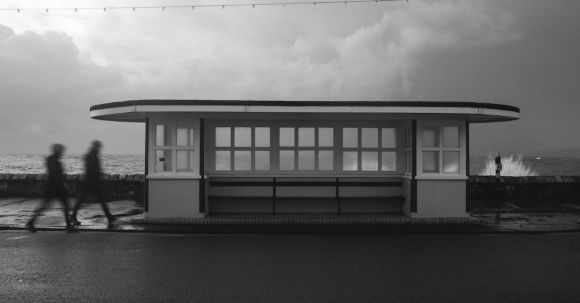In the world of architecture, there are numerous design movements that have left their mark throughout history. One such movement that continues to captivate and inspire to this day is modernist architecture. Known for its clean lines, simplicity, and emphasis on functionality, modernist architecture has stood the test of time. But what exactly makes it timeless? Let’s delve into the key characteristics that make modernist architecture an enduring and influential design movement.
Embracing Simplicity and Minimalism
At the heart of modernist architecture is a commitment to simplicity and minimalism. This design approach aims to strip away unnecessary ornamentation and focus on the essentials. By eliminating excessive details, modernist architects create spaces that are clean, uncluttered, and visually striking. This simplicity not only allows the architecture to stand out but also enables it to adapt to various contexts and remain relevant across different time periods.
Form Follows Function
A core principle of modernist architecture is the belief that form should always follow function. This means that the design of a building should be dictated by its purpose and intended use. Modernist architects reject the idea of using decorative elements for their own sake and instead prioritize practicality and efficiency. By placing function at the forefront, modernist architecture creates spaces that are not only visually appealing but also highly functional and user-friendly.
Integration of Technology and Innovation
Modernist architecture embraces technological advancements and seeks to incorporate them into the design process. From the use of new materials to cutting-edge construction techniques, modernist architects are constantly pushing the boundaries of what is possible. This integration of technology and innovation not only allows for the creation of daring and unique structures but also ensures that modernist architecture remains relevant in an ever-changing world.
Expanding the Boundaries of Design
Modernist architecture has always been at the forefront of challenging traditional design conventions. By pushing the boundaries of what is considered acceptable, modernist architects have been able to create buildings that are groundbreaking and revolutionary. From the iconic works of Frank Lloyd Wright to the avant-garde designs of Zaha Hadid, modernist architecture has consistently pushed the limits and redefined what it means to be a building.
Harmony with the Natural Environment
Another key characteristic of modernist architecture is its emphasis on harmony with the natural environment. Modernist architects seek to integrate their designs seamlessly into the surrounding landscape, creating a sense of unity and connection. By incorporating natural light, ventilation, and sustainable materials, modernist architecture not only minimizes its impact on the environment but also enhances the overall experience of the space.
A Timeless Aesthetic
Perhaps the most significant factor that makes modernist architecture timeless is its aesthetic appeal. The clean lines, geometric shapes, and emphasis on simplicity create a visual language that transcends time and trends. Modernist buildings have a timeless quality that continues to captivate and inspire, even decades after their construction. Whether it’s the iconic Fallingwater house or the sleek designs of Ludwig Mies van der Rohe, modernist architecture possesses a beauty that is both enduring and universal.
In conclusion, modernist architecture’s enduring appeal can be attributed to its commitment to simplicity, functionality, innovation, and harmony with the natural environment. By embracing these key characteristics, modernist architects have been able to create buildings that transcend time and continue to inspire future generations. The clean lines, minimalist aesthetic, and focus on practicality make modernist architecture a truly timeless design movement. Whether you appreciate it for its historical significance or its contemporary relevance, modernist architecture remains an influential force in the world of design.





